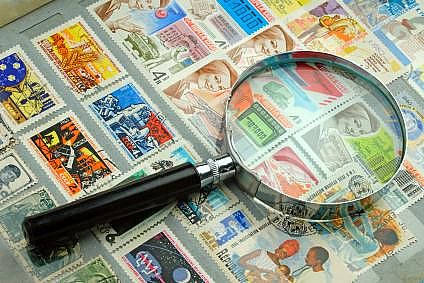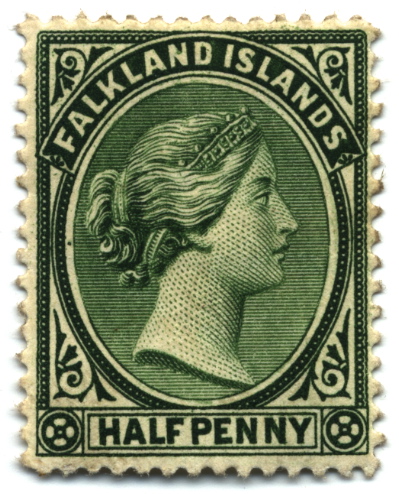
 Stamp Collecting is the collecting of postage stamps and related objects. It is related to philately which is the study of stamps. It has been one of the world’s most popular hobbies. Since the late nineteenth century with the rapid growth of the postal service but is now in decline with the rise of the internet which has sharply reduced the number of postal items arriving in households.
Stamp Collecting is the collecting of postage stamps and related objects. It is related to philately which is the study of stamps. It has been one of the world’s most popular hobbies. Since the late nineteenth century with the rapid growth of the postal service but is now in decline with the rise of the internet which has sharply reduced the number of postal items arriving in households.
Stamp Collecting proved to be an almost perfect hobby for collectors because there was a never ending stream of new stamps as each country sought to advertise its distinctiveness through its stamps. Because some stamps became rare a thriving international trade in stamps was created. While stamp collectors are of all ages, it has been particularly popular hobby among children, many of whom continued the hobby as adults.
Stamp Collecting : is generally accepted as one of the areas that make up the wider subject of philately, which is the study of stamps. A philatelist may, but does not have to, collect stamps. It is not uncommon for the term philatelist to be used to mean a stamp collector. Many casual stamp collectors accumulate stamps for sheer enjoyment and relaxation without worrying about the tiny details. The creation of a large or comprehensive collection, however, generally requires some philatelic knowledge and will usually contain areas of philatelic studies.
Postage stamps are often collected for their historical value and geographical aspects and also for the many subjects depicted on them, ranging from ships, horses, and birds to kings, queens and presidents.
Stamp collectors are an important source of income for some countries who create limited runs of elaborate stamps designed mainly to be bought by stamp collectors. The stamps produced by these countries may exceed their postal needs, but may also feature attractive topical designs that many collectors desire.
 Postage stamp collecting began at the same time that stamps were first issued, and by 1860 thousands of collectors and stamp dealers were appearing around the world as this new study and hobby spread across Europe, European colonies, the United States and other parts of the world.
Postage stamp collecting began at the same time that stamps were first issued, and by 1860 thousands of collectors and stamp dealers were appearing around the world as this new study and hobby spread across Europe, European colonies, the United States and other parts of the world.
The first postage stamp, the Penny Black, was issued by Britain in 1840 and pictured a young Queen Victoria. It was produced without perforations (imperforate) and consequently had to be cut from the sheet with scissors in order to be used. While unused examples of the Penny Black are quite scarce, used examples are quite common, and may be purchased for $20 to $200, depending upon condition.
People started to collect stamps almost immediately. One of the earliest and most notable was John Edward Gray. In 1862 Gray stated that he “began to collect postage stamps shortly after the system was established and before it had become a rage”.
As the hobby and study of stamps began to grow, stamp albums and stamp related literature began to surface, and by the early 1880s publishers like Stanley Gibbons made a business out of this advent.
Children and teenagers were early collectors of stamps in the 1860s and 1870s. Many adults dismissed it as a childish pursuit but later many of those same collectors, as adults, began to systematically study the available postage stamps and publish books about them. Some stamps, such as the triangular issues of the Cape of Good Hope, have become legendary.
Stamp collecting is a less popular hobby in the early 21st century than it was a hundred years ago. Worldwide the estimated number of stamp collectors is around 200 million with about 25 million people enjoy the hobby in the United States,. Tens of thousands of stamp dealers supply them with stamps along with stamp albums, catalogues and other publications. There are also thousands of stamp (philatelic) clubs and organizations that provide them with the history and other aspects of stamps. Today, though the number of collectors is somewhat less, stamp collecting is still one of the world’s most popular indoor hobbies.In 2013 the Wall Street Journal estimated the global number of stamp collectors was around 60 million.